Serengeti Wildebeest Migration Safari
The Serengeti Wildebeest Migration Safari is defined by the changing seasons, thus, careful planning is essential to coincide with notable wildlife sightings throughout the year.
Unlike static game watching in many Tanzanian National Parks, this safari experience follows the herds, giving visitors a range of views depending on the month and region of the Serengeti.
Different wildlife watching possibilities develop throughout different stages of migration in the Serengeti, with calving in the southern plains often visible in February and river crossings in the north between July and September.
Understanding how migration impacts location, animal behaviour, and accommodation availability is essential for organising a successful Tanzania Safari Packages.
The Wildebeest Migration Route – Where the Herds Go
Understanding the travel patterns of migrating herds is important for successful Tanzania Safari Planning. It allows you to select the appropriate Serengeti location to visit at each stage of the migration.
Actually, the Serengeti Wildebeest Migration moves clockwise through the Serengeti-Mara ecosystem. It does not begin or stop in a certain area, but rather moves as the seasons change.
Every phase of the migration has its own unique environment and wildlife behaviour. Here’s a breakdown of movement by location:
|
Time of Year
|
Region
|
Highlight Event
|
|
January–March
|
Southern Serengeti
|
Calving season and predator action
|
|
April–May
|
Western & Central Serengeti
|
Rutting season and lush grasslands
|
|
May–June
|
Central Serengeti
|
Grumeti River crossings
|
|
July–August
|
Northern Serengeti & Mara
|
Mara River crossings
|
|
Sep- Oct
|
Eastern and Central Serengeti
|
The return journey begins with scattered grazing
|
|
Nov–Dec
|
Northern to Southern Serengeti
|
On the move
|
Note: The timing listed above is simply an estimation. The Serengeti Wildebeest Migration is a year-round, circular journey in which river crossings are not guaranteed. The herds may stay in one location for weeks at a time, or they may cross rivers multiple times in one day.
Even so, a basic schedule is useful for planning. It provides a starting point for deciding where to go and when. Because each region of the Serengeti provides something different depending on the season, Tanzania Safari Tours are more rewarding when scheduled around certain migratory periods.
That is why it is important to understand what is happening each month of the migration—where you go is entirely dependent on what you want to see.
For a broader perspective, check out our Best Time to See Serengeti Migration guide, which details significant occurrences throughout the year to help you plan with certainty.
Wildlife Encounters Beyond The Herds
The major attraction on a Serengeti Wildebeest Migration Safari is the wildebeest, but you'll also see an entire ecosystem in motion. The huge quantity of animals makes the landscape tense, full of possibilities, and full of movement.
Some other animals that you’ll look forward to encountering on Migration Safari are:
- Zebras often move alongside the wildebeest but feed on different parts of the grass, reducing competition.
- Gazelles and elands also join the migration, usually in smaller groups.
- Lions and hyenas closely follow the herds, particularly during the calving season and river crossings when prey is more vulnerable.
- Crocodiles lie in wait at riverbanks, targeting wildebeest during the mass crossings.
Migration safaris are one of the most exciting Serengeti wildlife Tours since they include such a wide range of animals. They're great for photographers, researchers, and travellers going on their first safari.
Best Places To Stay On A Migration Safari
Mobile camps and permanent lodges are the two primary categories of Tanzania Safari Accommodations that you can consider to stay while on the Serengeti Migration Safari.
Both options come with their own set of advantages, and the one that matters the most to you is the one that you should go with.
While permanent lodges offer comfort and amenities, mobile camps move with the herds, placing travellers right in the middle of the action.
|
Feature
|
Mobile Safari Camps
|
Permanent Safari Lodges
|
|
Bathroom Facilities
|
Private tents usually include a flush toilet
Bucket showers are common.
Washbasins may use a jug or poured water.
Running water is limited or unavailable.
|
Fully plumbed en-suite bathrooms with hot and cold running water.
Most have flush toilets, proper showers, and sometimes bathtubs or outdoor showers.
|
|
Wi-Fi Access
|
Often limited or unavailable due to remote locations and solar setups.
|
Usually available in common areas or guest rooms, depending on the property.
|
|
Power Supply
|
Powered by solar panels and backup generators. Electricity may be available only at certain times.
|
Electricity is provided by a mix of solar and generator systems, with more stable and longer access than mobile camps.
|
|
Device Charging
|
Charging points are typically located in shared areas like the main tent or lounge.
|
Most rooms have in-room charging outlets for phones, cameras, and small electronics.
|
Accommodation Tips:
- Book early, especially for the July–October high season.
- Choose inter-connecting tents for families and private vehicles for children.
- Opt for fenced camps if travelling with young kids.
- Consider mobile camps for the best chance to witness river crossings.
If you want to go on a migration safari, our Tanzania Safari Packages will be your best choice. They focus on comfort, the important spots, and getting you close to the migration without missing any important information.

Travel Light, Travel Right!
January – December 2026
African Scenic Safaris
Adventure
Travel Style
Wildlife Safari, Cultural Encounters, Luxury Lodges / Tented Camps
Tour Starts
Arusha , Tanzania
Tour Ends
Arusha, Tanzania
Price On Request
Incl Transportations & Accommodations

Travel Light, Travel Right!
January – December 2026
African Scenic Safaris
Adventure
Travel Style
Romantic Safari, Scenic Bush & Beach Retreats, Luxury Lodges / Tented Suites
Tour Starts
Arusha , Tanzania
Tour Ends
Arusha, Tanzania
Price On Request
Incl Transportations & Accommodations

Travel Light, Travel Right!
January – December 2026
African Scenic Safaris
Adventure
Travel Style
Classic Wildlife Safari, Cultural Encounters & Comfortable Lodges
Tour Starts
Arusha , Tanzania
Tour Ends
Arusha , Tanzania
Price On Request
Incl Transportations & Accommodations
01
/ 03
Planning Your Migration Safari- Tips That Will Help
If you want to see the migration at its best, a Tanzania Safari Tour at the right time can make all the difference. Because the herds are always moving and the dates can change a little from year to year, it's important to be open and plan.
Remember these easy things:
- Book ahead of time. From June to October, when it's the busiest, camps and hotels fill up quickly, especially near places where you cross rivers. If you book early, you can get the place and security you want.
- Be smart about the dates you pick – What do you want to see on your safari? It could be calving season, rutting, or exciting river passes. Plan your Tanzania Safari Itinerary around those events.
- Give yourself more time. Since nature doesn't follow a set plan, staying in one place for a few extra days increases your chances of seeing the right moment.
- Look for Places That Aren't Too Busy—Some places are quieter than others. If you choose a camp that is a little farther from the main watching points, you may have a more private and peaceful time.
- Try and mix and match. If you spent time near the migration, you might want to end your trip in a park with fewer people. You can take a break from the busy crowds and see animals like elephants, rhinos, and leopards.
With some strategic Tanzania Safari Planning, you can create a safari that allows you to witness the migration up close while still giving you time to rest and explore other parts of the wild.
Let Migration Guide Your Safari In Tanzania
A Serengeti Wildebeest Migration Safari allows you to witness nature in action, with each stage of the journey providing something fresh, from the birth of new life during calving season to the high-stakes drama of river crossings. Every month is unique, as are all sightings.
With extensive knowledge of migration routes, strong links to top-tier camps, and a commitment to responsible travel, our experts ensure that every aspect of your safari is meaningful and gratifying.
Ready for a migration safari in Tanzania? Talk to someone who knows the experience. Our team can help you plan a Wildebeest Migration safari that fits your travel needs and interests—just get in touch to get started.
Let the Herds Set Your Path
Migration doesn’t follow maps. Instead, it follows rain, instinct, and rhythm. Plan your safari around their journey, and every sighting becomes part of something truly wild.
Travel to Tanzania with Confidence & Excitement!
Now that you’ve got access to all the necessary information, your Serengeti Wildebeest Migration Safari is bound to be smooth and stress-free. From staying safe to understanding local customs, these insights will help you enjoy every moment on Tanzania Safari Tours .
As you take in the beauty of the landscapes and connect with Tanzania’s culture, you’ll feel more confident and ready for anything.
Explore Tanzania Travel Guide
Safari tips, local bites, wild sights, and hidden gems—Tanzania’s secrets are just a scroll away. Ready to explore?
Frequently Asked Questions
The best time to go on a Serengeti Wildebeest Migration Safari depends on what part of the migration you wish to see. From January to March, the southern Serengeti is where calving happens. From July to September, the famous river crossings happen in the north.
The Serengeti Wildebeest Migration Safari follows the herds, unlike static game drives. Depending on the time of year, travellers see different sites and animals acting in different ways. This makes it one of the most exciting possibilities for Tanzania Safari Tours.
River crossings is one of the most exciting parts of the Serengeti Wildebeest Migration, but it's also one of the most surprising. From July to September, it's best to spend a few days in the northern Serengeti to have a higher chance of watching this occurrence.
Most of our Tanzania safari packages come with either mobile camps that move with the herds or hotels that stay in one place for more comfort. Your choice depends on where you want to go, how you want to travel, and when you want to go.
Early booking provides greater access to premium hotels and excellent migratory places, particularly during peak seasons such as river crossings. Booking ahead of time allows you to schedule your journey around important migration events.
Simbo Natai, founder of African Scenic Safaris, crafts sustainable, meaningful Tanzanian journeys rooted in his deep local knowledge and passion.
Director





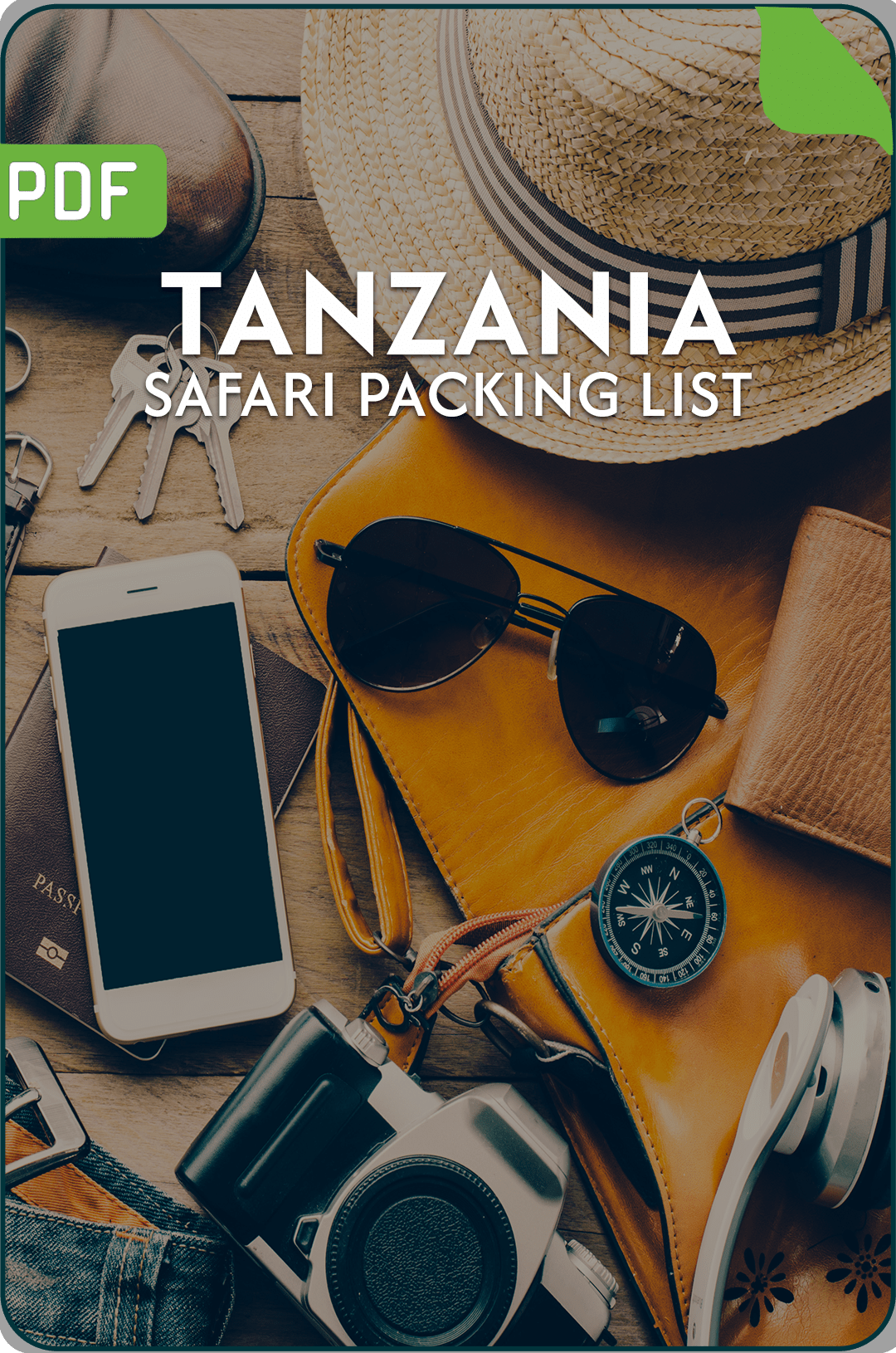
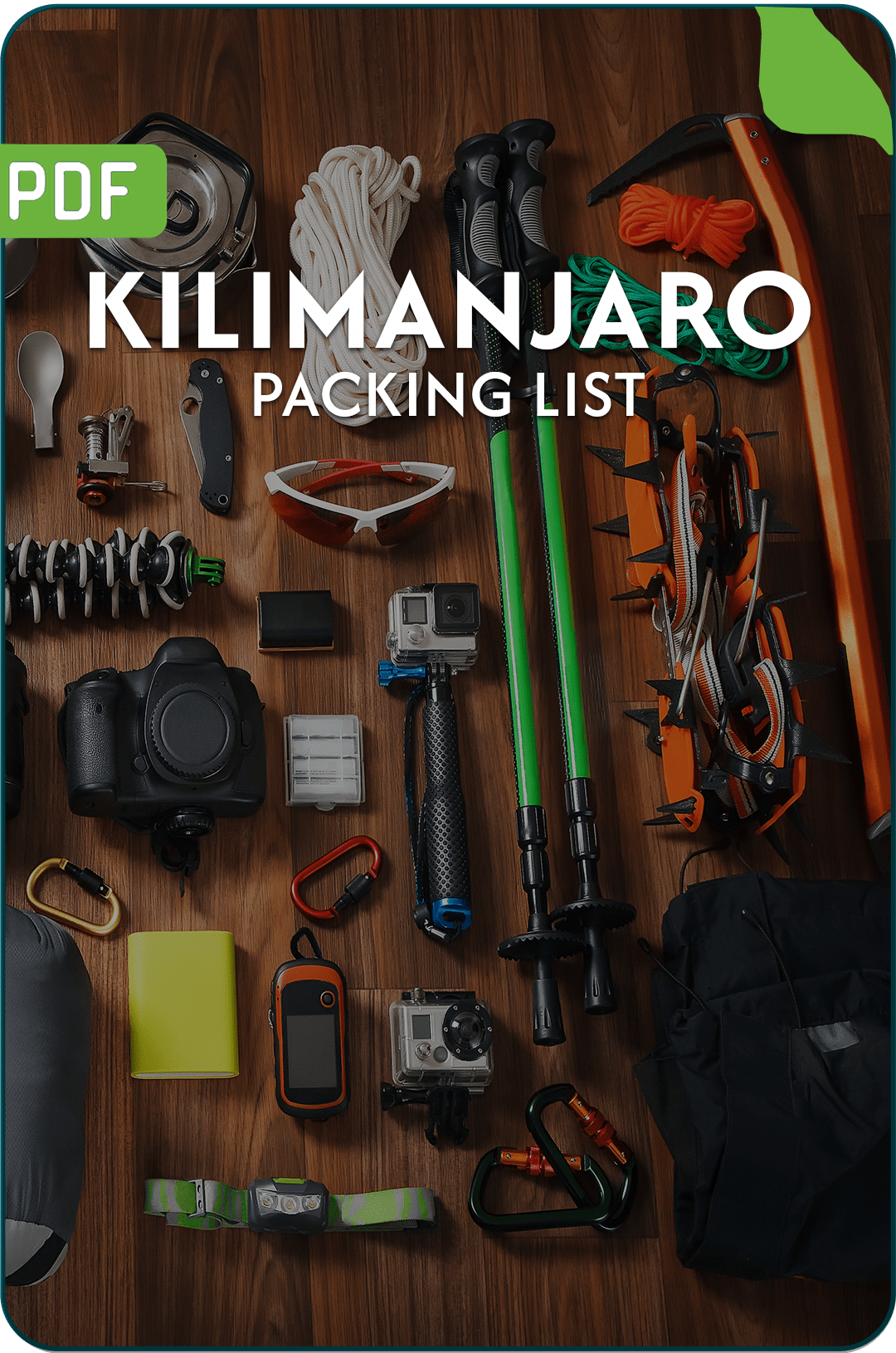
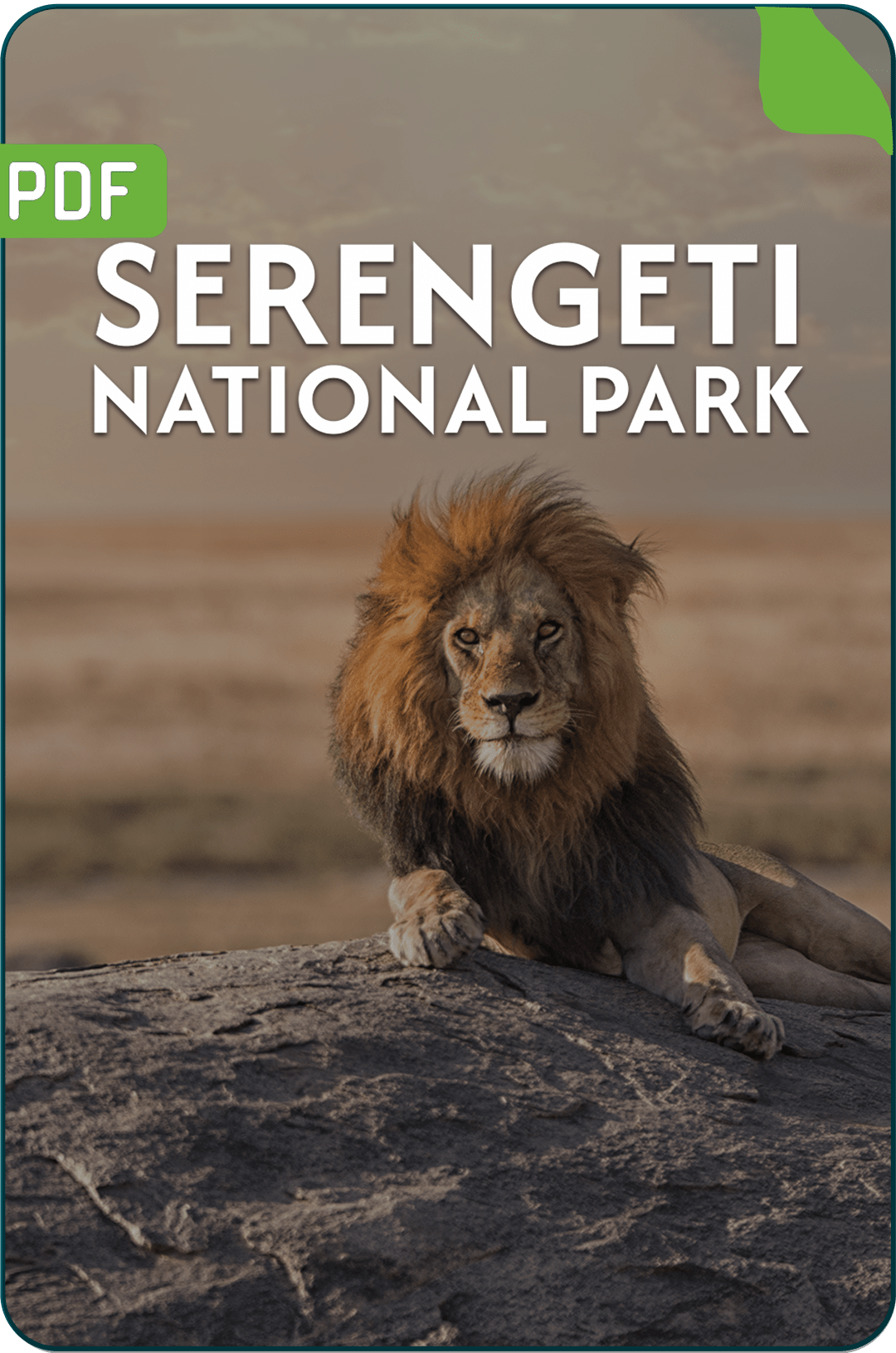
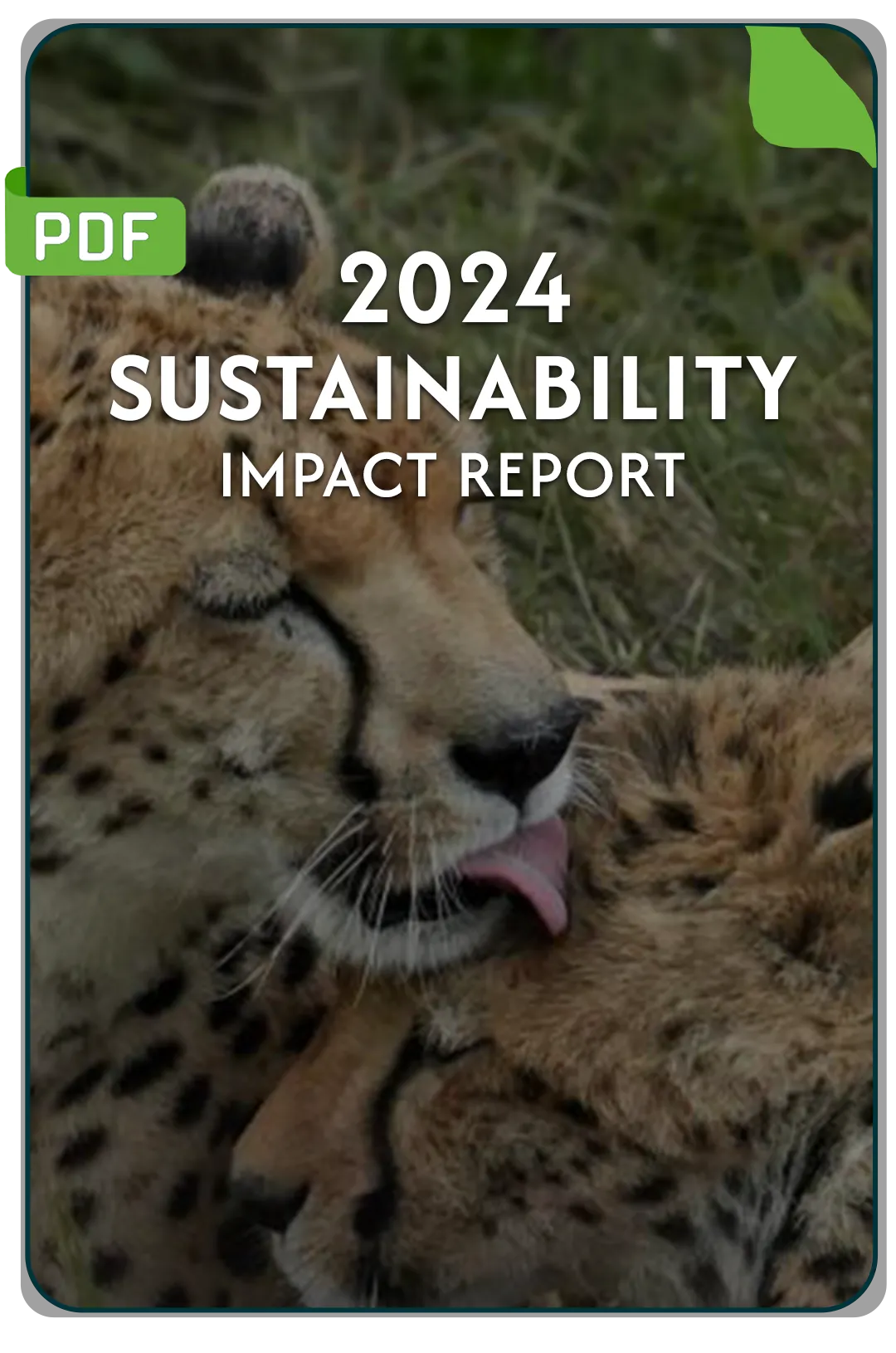
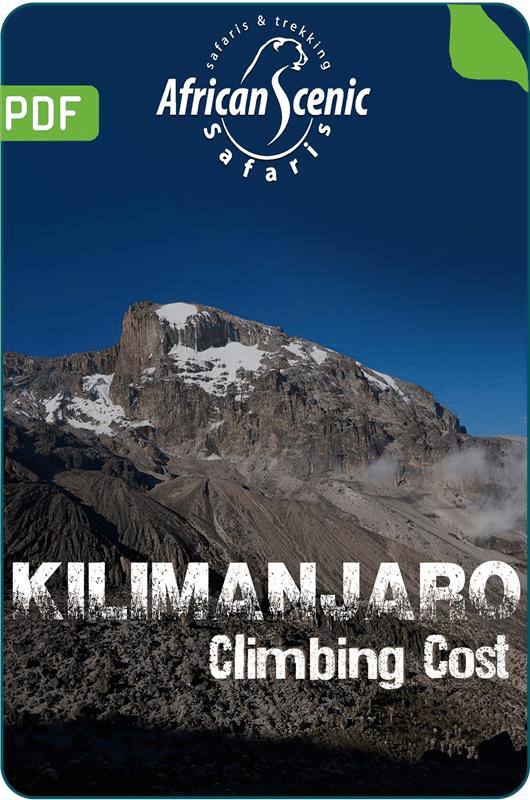









 Travel Light, Travel Right!
Travel Light, Travel Right!
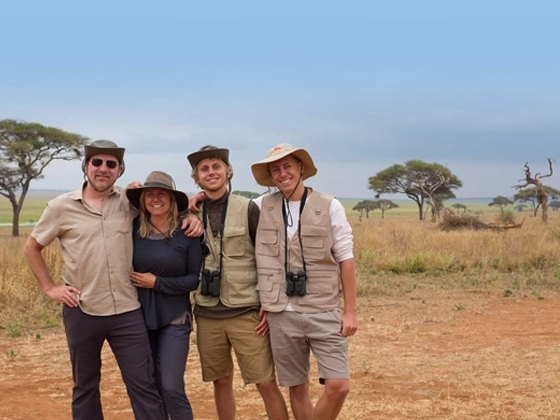






 African Scenic Safaris #1 on TripAdvisor
African Scenic Safaris #1 on TripAdvisor 




